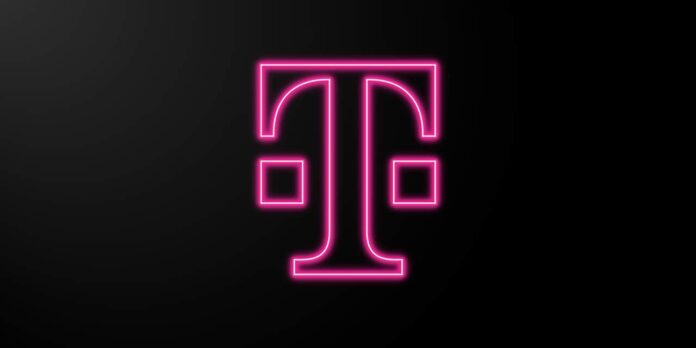T-Mobile noted thta L4S takes advantage of a unified network that supports features like network slicing
In sum – what to know:
Nationwide L4S rollout – T‑Mobile is the first U.S. wireless carrier to deploy L4S at scale across its 5G Advanced network.
Real-world impact – Trials with Vay, Qualcomm, Ericsson, Nvidia, and app makers show improvements in remote driving, XR, cloud gaming, and video calls.
Foundational for slicing – L4S supports future network-sliced services, enabling differentiated performance tiers for enterprise and residential users.
U.S. carrier T-Mobile has rolled out Low Latency, Low Loss, Scalable Throughput (L4S) across its nationwide 5G Advanced (5G-A) network, the telco said in a release.
The telco noted it is the first major wireless carrier in the U.S. to deploy this technology. L4S offers lower latency, minimal packet loss, and consistent responsiveness across heavy traffic, key for cloud gaming, XR, video calling, and remote driving, the company said.
Built on T-Mobile’s 5G Standalone core, the technology takes advantage of a unified network that supports programmability features like network slicing. The company is also testing how real-time network data—such as radio congestion—can help partners adjust their applications dynamically, it added.
T-Mobile US said that initial use cases include:
-Remote driving: T‑Mobile and Berlin-based firm Vay are developing automotive-grade remote driving technology, to show what this technology could do in high-stakes, low-latency scenarios. Using the telco’s 5G-A network with L4S, Vay’s remote drivers experience predictable, consistent latency. Remote drivers said it felt like they were physically in the car, even in high-traffic, congested scenarios, T-Mobile said.
-XR trials: Working with Qualcomm and Ericsson, T-Mobile tested smart glasses with L4S, achieving stable visuals and reducing motion sickness.
-Cloud gaming: Nvidia’s GeForce now uses L4S to lower lag and jitter, delivering smooth gameplay on mobile even under congestion.
-Voice and video calls: L4S supports FaceTime and other video apps by dynamically adjusting for congestion to reduce stutters and audio/video issues.
“L4S will serve as a foundational input for our network slicing framework — enabling smarter decisions and more adaptive performance tiers for XR, gaming, video ,and other latency-sensitive use cases,” T-Mobile US said.
“Soon, these capabilities will expand into enterprise offerings, unlocking ultra-responsive experiences across industries,” it added.
Last year, T-Mobile US said it was adding new capacity to its 5G network by activating the 2.5 GHz spectrum it won in auction 108, expanding its ‘Ultra Capacity’ 5G coverage to new communities. T-Mobile invested $304 million in the FCC’s Auction 108 back in 2022, securing 7,000 county-based licenses covering more than 80 million people.
T-Mobile’s 5G network covers more than 330 million people across two million square miles. More than 300 million people nationwide are covered by T-Mobile’s ‘Ultra Capacity’ 5G.

